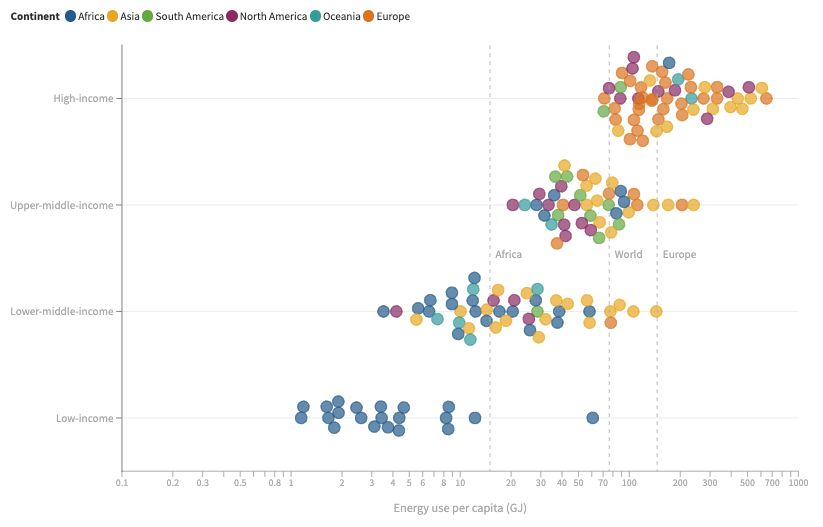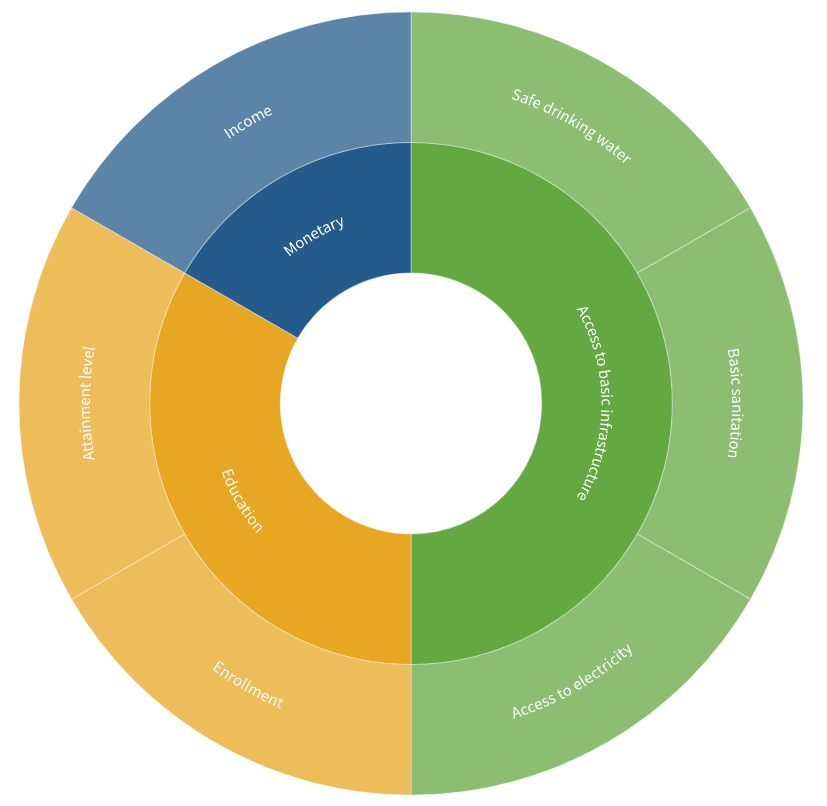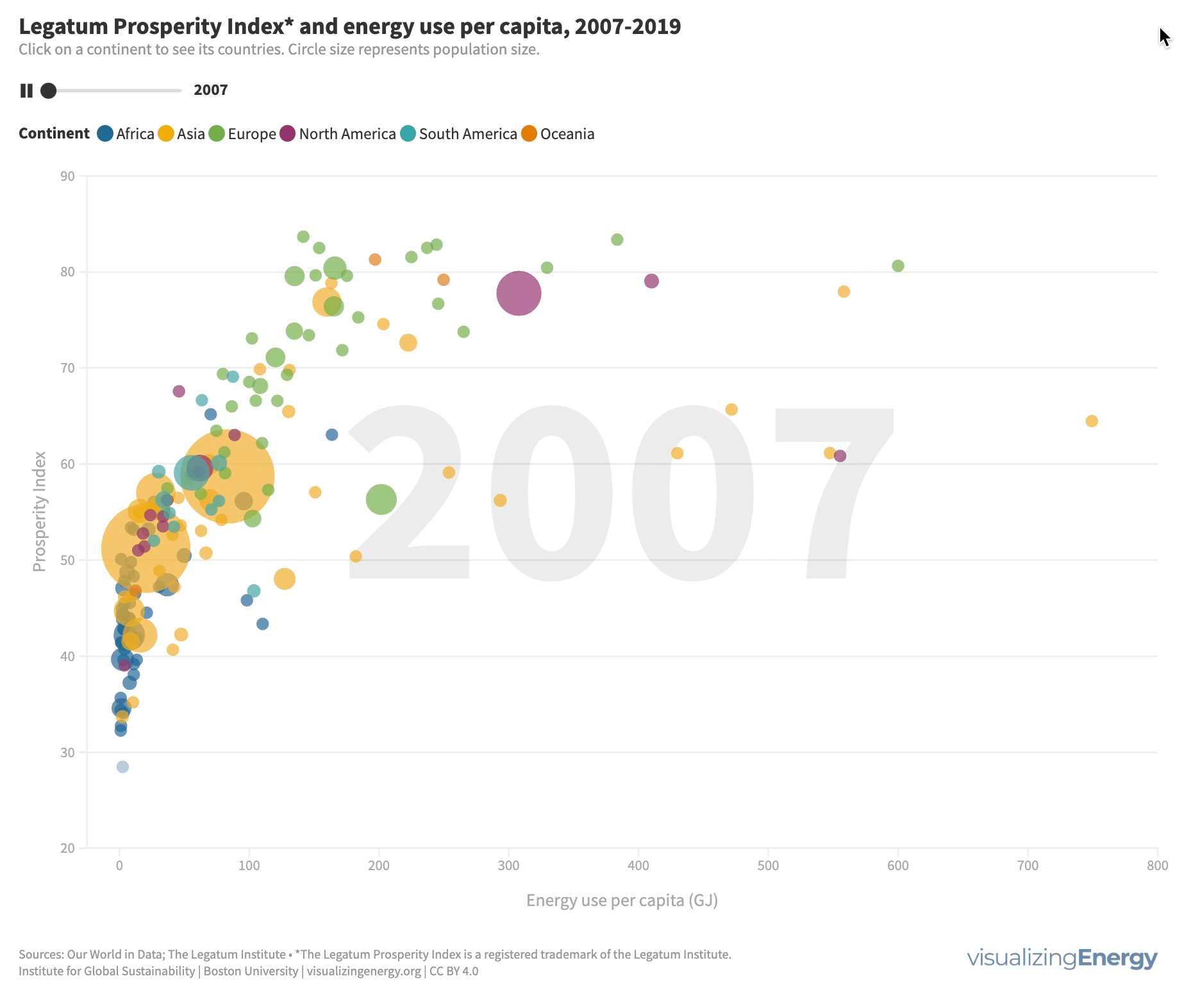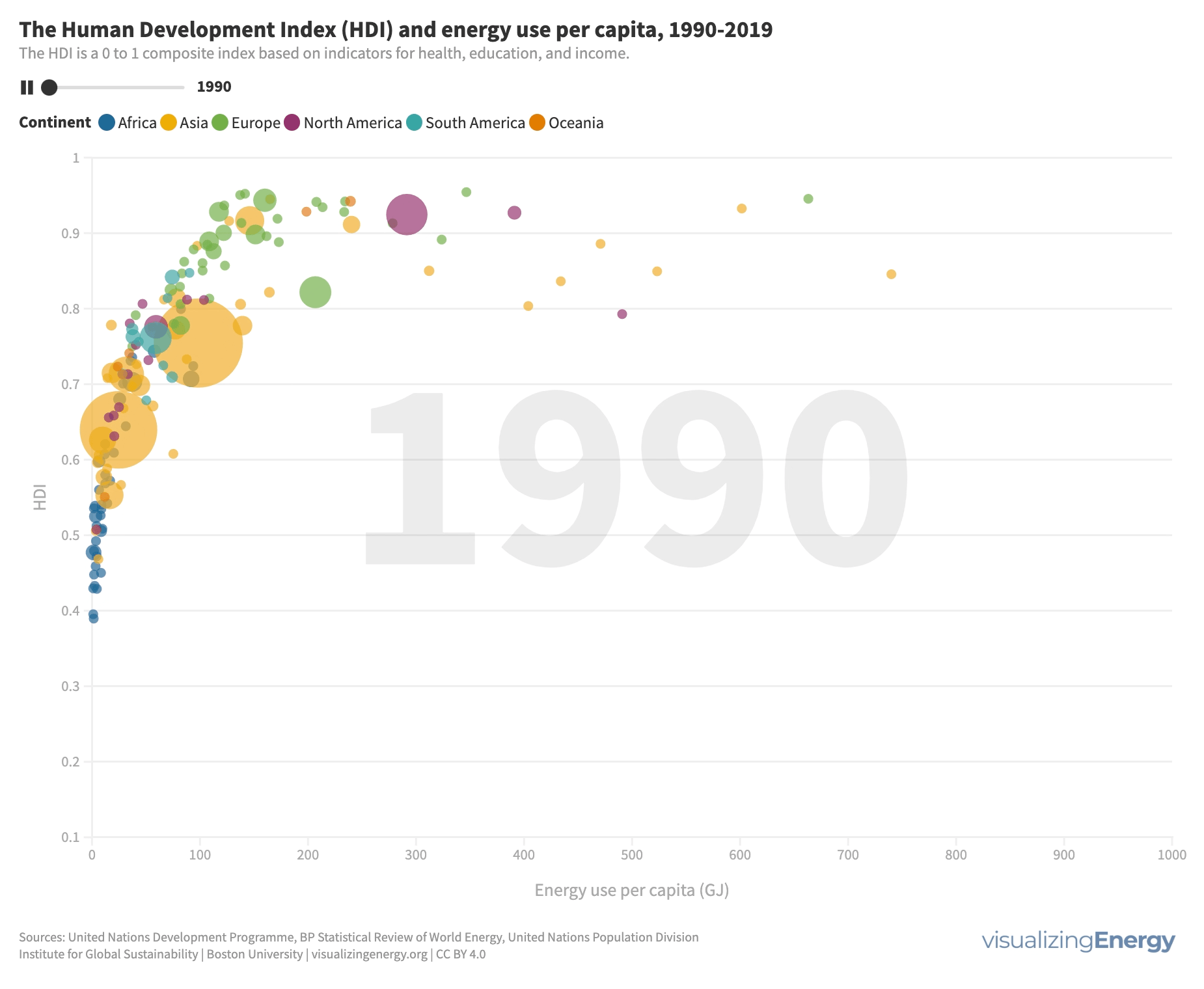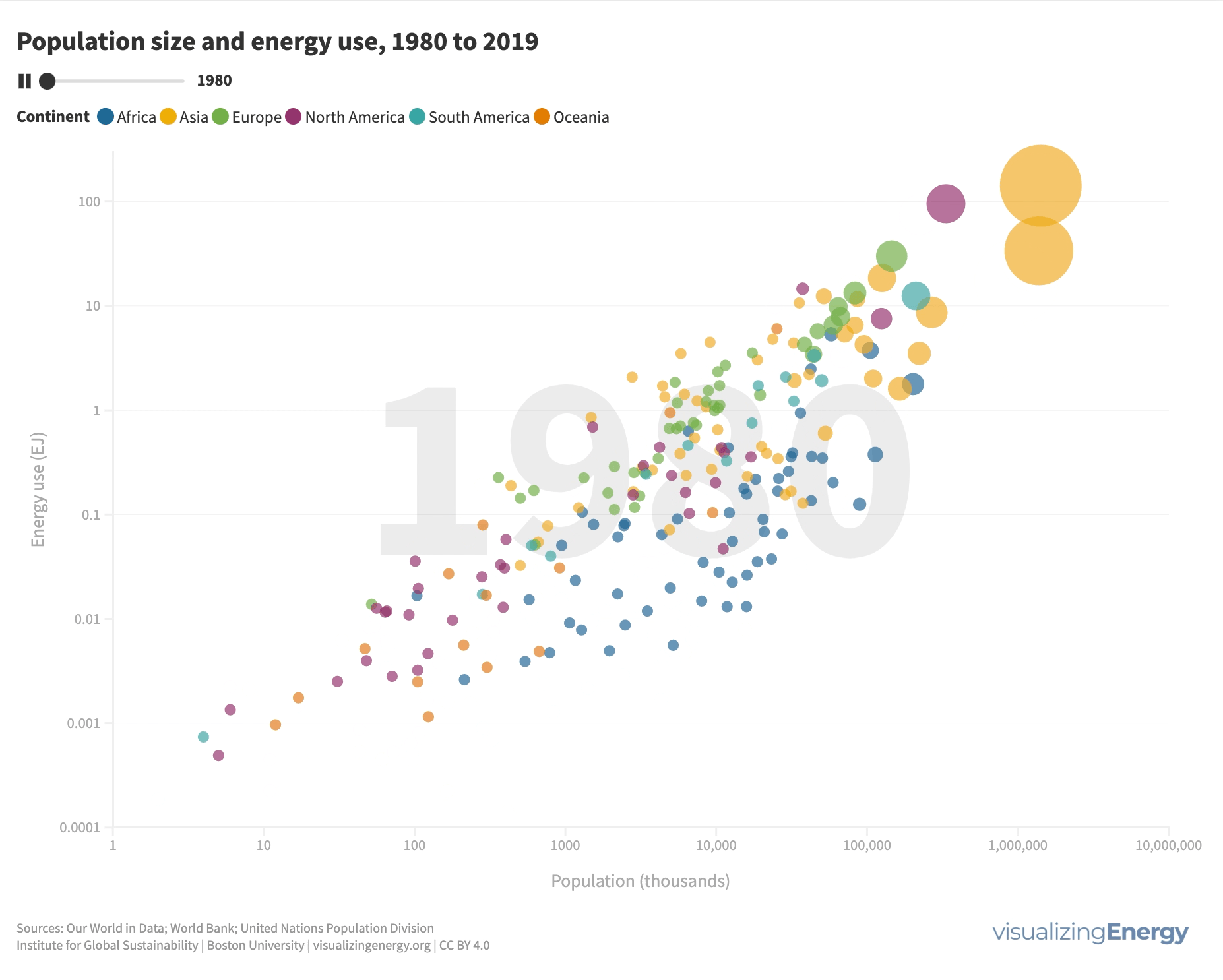
Does population growth drive energy use?
Population growth does impact energy use, but per capita energy consumption varies greatly across countries due to factors like geography, climate, economic structure, policies, and cultural preferences. Countries with small populations can have high energy consumption, while countries with large populations may use less energy.

